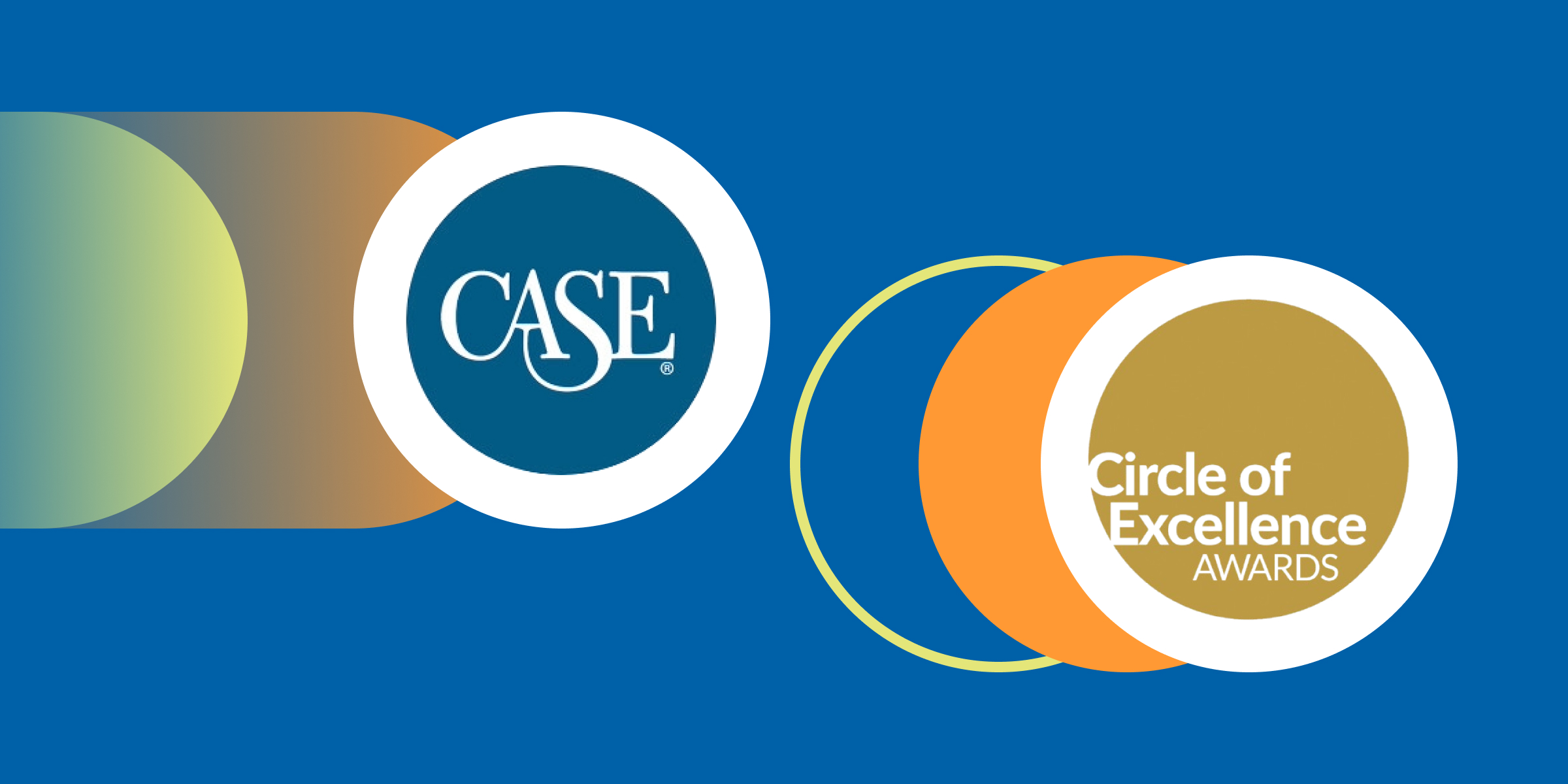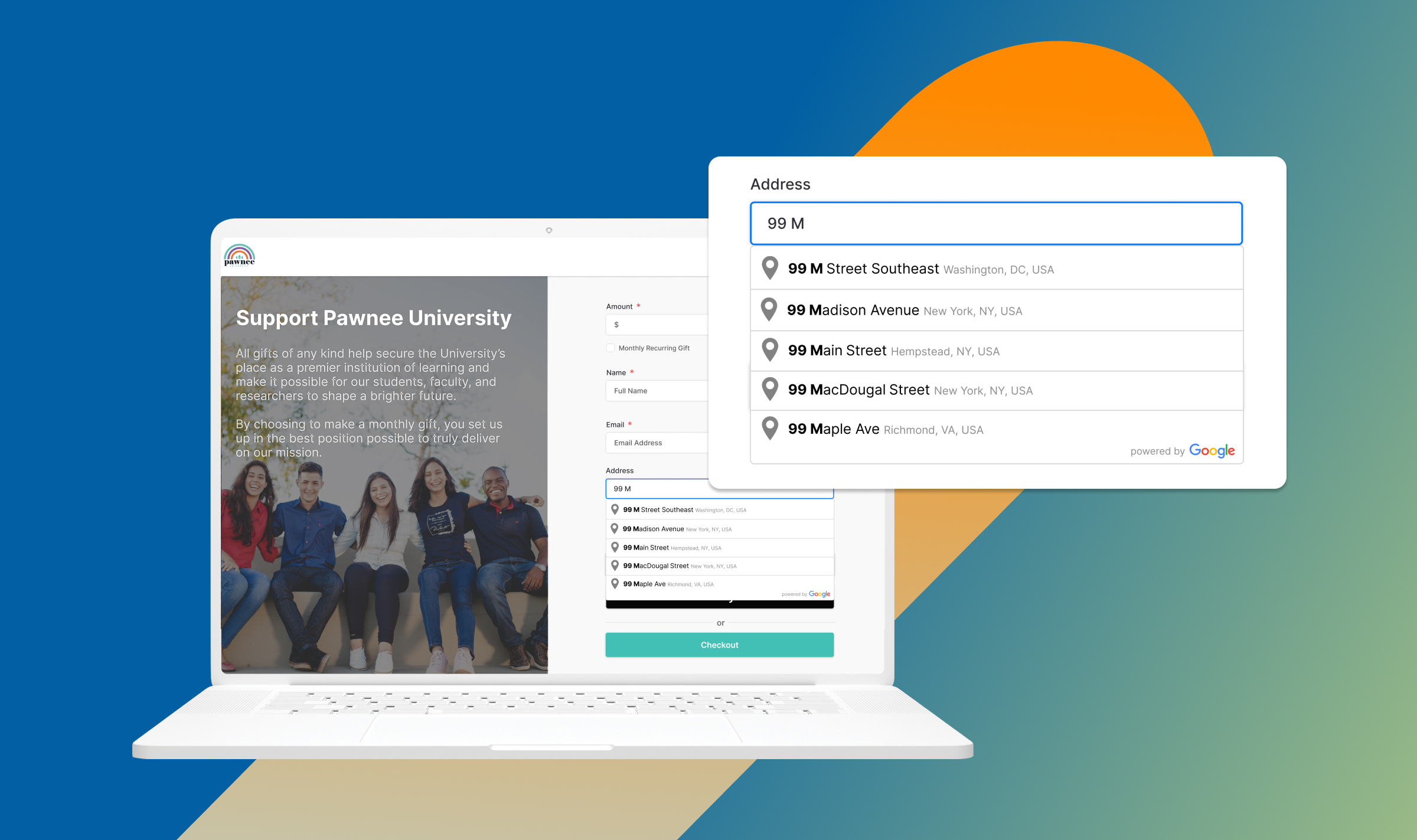Nurture Your Donors to Promote Long-Term Support
Reading Time | 6 minutes
How you interact with your donors can mean the difference between a one-time donation and life-long advocacy; learn how to build long-term donor relationships by following these donor stewardship best practices.
As a nonprofit organization, you understand that finding and engaging new donors is a critical part of fundraising. But don’t forget to nurture the people who have already raised their hand and committed to helping you make a difference. With the right approach to donor retention and stewardship, you can turn your one-time and occasional contributors into life-long supporters.
What Is Donor Stewardship?
Donor stewardship describes the strategies and interactions a nonprofit uses to help build positive relationships with supporters after they have made a contribution. The idea behind donor stewardship is a simple one: Once a supporter has donated, they are more likely to make additional donations when compared to someone who has not yet donated at all.
This particular truth has long been a foundational tenet of business—it’s easier, more cost-effective, and more profitable to sell to existing customers than it is to sell to new ones. And just as companies in essentially every industry prioritize ongoing customer relationships, nonprofit organizations can benefit from further stewarding their patrons to help ensure repeat donations. Educational institutions in particular rely on consistent contributions from alumni and other interested supporters.
Of course, there’s more to donor stewardship than just asking your existing contributors to shell out more money. Here, we explore five donor stewardship best practices to help you nurture the relationships that support your mission.
Donor Stewardship Best Practices
Donor stewardship isn’t something that should be reserved only for your top supporters; it’s a process that needs to be a part of every donor interaction. When a donor makes a gift, consider these best practices to help maximize their potential for future donations:
1. Thank Your Donors
Most nonprofit supporters make contributions because they believe in the cause, not because they’re looking for a huge show of appreciation. That said, it’s always nice for a donor to know that their help is valued. A sincere “thank you” can go a long way towards encouraging future donations, and as such, should be your first step in donor stewardship. Just be aware that thanking your donors properly is a matter of timing and personalization. Here are some tips for crafting the perfect gift acknowledgement:
- Respond while the memory of the donation is still fresh in your donor’s mind so they don’t have to worry about whether their contribution has been lost or overlooked. In most cases, a sincere thank-you note expressing your organization’s gratitude may be the most effective solution.
- To ensure that the message reaches your supporter in a way that they are comfortable with, consider tailoring your response to match the channel they used to donate—a direct-mail letter or card may be appropriate for those who sent in physical checks, while online contributors might prefer an email response or phone call.
- Likewise, avoid impersonal form letters, as these can actually make the contributor feel less valued. Instead, refer to your donor by name and discuss the importance of their contribution. Confirm their donation, the cause that it will be supporting, and the actual, real difference it will make.
- Don’t use the thank-you note to solicit additional funds. The purpose here is to thank them for what they’ve already done, not to pressure them into doing more. But don’t worry; if properly presented, your note will encourage further support by demonstrating your appreciation and establishing the foundation of a positive donor relationship.
2. Focus on the Donor
As previously stated, nonprofit organizations depend heavily on donor support. Ensure that your donor understands how much you value their gift by using donor-centric language in all of your communications. Instead of talking about what you do, talk about what the donor is doing, and what their contribution will help your institution accomplish. This will help your supporters feel special, needed, and celebrated.
By highlighting the impact of your donors you’ll be casting them in the lead role—it’s their actions that are making everything possible. Sometimes, this is as simple as changing how you speak about your mission, replacing statements like “We change lives” with “You change lives.” Other times, it might mean replacing jargon or insider language and terms with ones that a layperson donor can more easily understand.
Further, a true donor-centric approach requires going beyond just tweaking your language to instead creating your campaigns with specific donors in mind. Producing targeted and relevant campaign content that aligns with specific donor segments is a great way to attract passionate donors who will amplify your message.
When properly stewarded, some donors may be inspired to take a more active role in your organization beyond just contributing money. In fact, they may choose to advocate and fundraise on your behalf. Once a member of your community raises their hand and signals that they are ready to volunteer it’s important that you continue to embrace that donor-centric mindset. GC Volunteer Management can help your school deliver an engaging and rewarding experience for volunteers and constituents with minimal administrative effort on your part.
3. Apply Donor Analytics
Nonprofit organizations exist to affect positive change, not to generate profit. But even if finances aren’t your primary focus, you should still keep close track of the numbers—particularly those associated with your donors and their contribution activity. Analyze available data to develop clear insights into your donors and the fundraising strategies that speak most directly to them.
Donor analytics allows you to optimize your donor stewardship strategies to better target those who are most likely to contribute again and again. Analytical data can help you identify key donor demographics while also providing insight into the giving capacity of your audiences. Additional indicators, such as when the donor last contributed and the amount and frequency of their contributions further create a usable picture of which supporters will respond favorably to your donor-stewardship efforts.
Although managing large amounts of data may seem difficult, applying donor-analytics tools (such as the GiveCampus wealth screening tool) greatly simplifies the process.
4. Optimize Your Donation Pages and Online Giving Forms
Donating is a selfless act, and those who choose to contribute are willing to make sacrifices to support a good cause. Still, there are limits to the patience of even the most charitable donors. If your donation pages are overly complex, confusing, or fail to provide a coherent user experience, many of your donors may be too frustrated with the process to complete the transaction or bother coming back.
How can you optimize your forms for an improved user experience? Make it easier and more enjoyable for donors to give. Start by making your donation page easy to find, with prominent links throughout your site. Likewise, the ‘make a donation’ link should stand out so that your supporters can easily locate it within seconds of the page loading. In terms of online forms, never force your donors to share more information than is necessary, and offer auto-fill options wherever possible to help save time. You can learn more about how to audit, streamline, and ultimately improve your donors’ online giving experience in this popular, 45-minute on-demand webinar.
Donors come in all shapes, sizes, and preferences, and your donation pages will need to be available and accessible to all. Follow these website accessibility guidelines to ensure that even those with disabilities, including those who rely on voice-control options, can easily and intuitively navigate your pages. Additionally, remember that more and more users prefer to access the internet through their mobile devices over traditional desktop or laptop computers. Build mobile responsiveness into your site and you won’t have to worry about losing prospective donors to non-mobile-friendly pages.
Because more than half of all donors arrive at an online giving form via their mobile device, GiveCampus recently upgraded our entire online giving experience to be mobile-first. That means Giving Forms by GiveCampus are specifically optimized for engagement on a smartphone or handheld device and then adapted for the desktop. As part of our ongoing optimization process, we regularly and rigorously A/B test and fine-tune giving form designs, buttons, checkboxes, and more to make the online giving process easier and the overall donor experience more delightful.
GiveCampus has also added modern and convenient ways for donors to pay, including credit, debit, digital wallets (like Venmo and PayPal), ACH transfer, and more than 80 cryptocurrencies. And with our automated corporate matching features, donors can increase their impact by working with their companies’ existing matching gift policies.
5. Use Peer-to-Peer Fundraising
Although there are many ways you can use your organization’s online presence and resources to promote donor stewardship, one of the most effective approaches is to allow your donors to handle some of the promotion themselves. Peer-to-peer fundraising makes it possible for your most dedicated supporters to spread their enthusiasm to others, increasing donor engagement in the process. By creating their own pleas, top donors can become inspiring beacons of social proof for your organization.
GC Online Giving makes philanthropy more engaging and meaningful, by bringing together peer-to-peer fundraising with community challenges and interactions, to create a social approach to donor stewardship. With your valued contributors setting the example, your less-frequent donors will be inspired to follow their lead.
Help Your Donors Make a More Positive Impact
Your donors are the backbone of your nonprofit organization. These exceptional individuals want to make a difference, and they believe that their contribution can help. But without the right guidance, many will lose their enthusiasm and move on to other projects. Help keep them on course; by following these five donor stewardship best practices, you’ll be laying the groundwork for rewarding, long-term donor relationships.
Want to learn more about helping your supporters change the world? Check out the GiveCampus blog for information, inspiration, and innovation. And if you’re ready to make effective donor stewardship a reality, schedule a demo with GiveCampus today!



